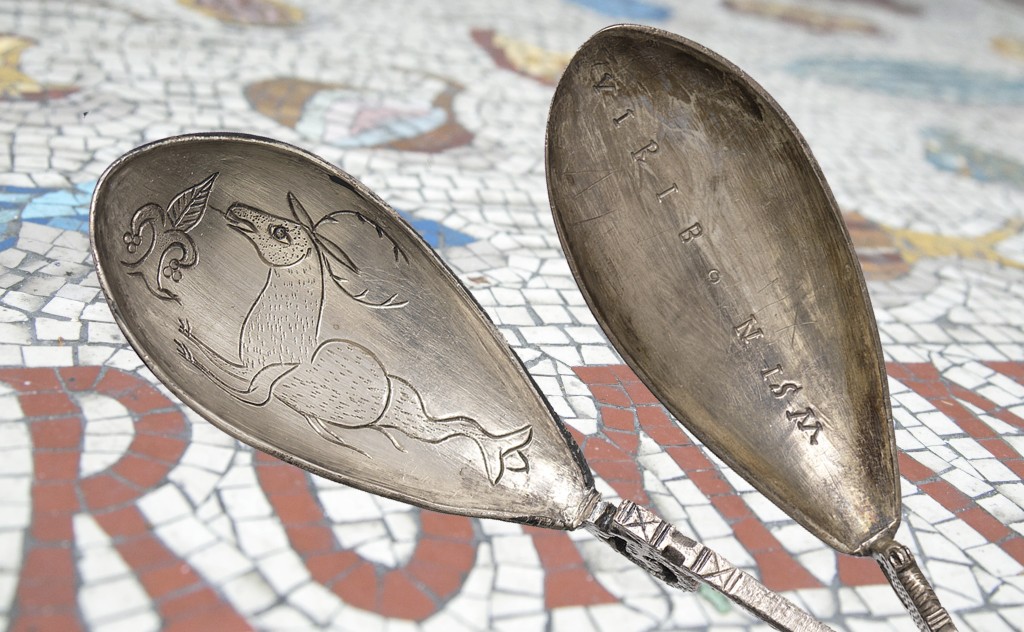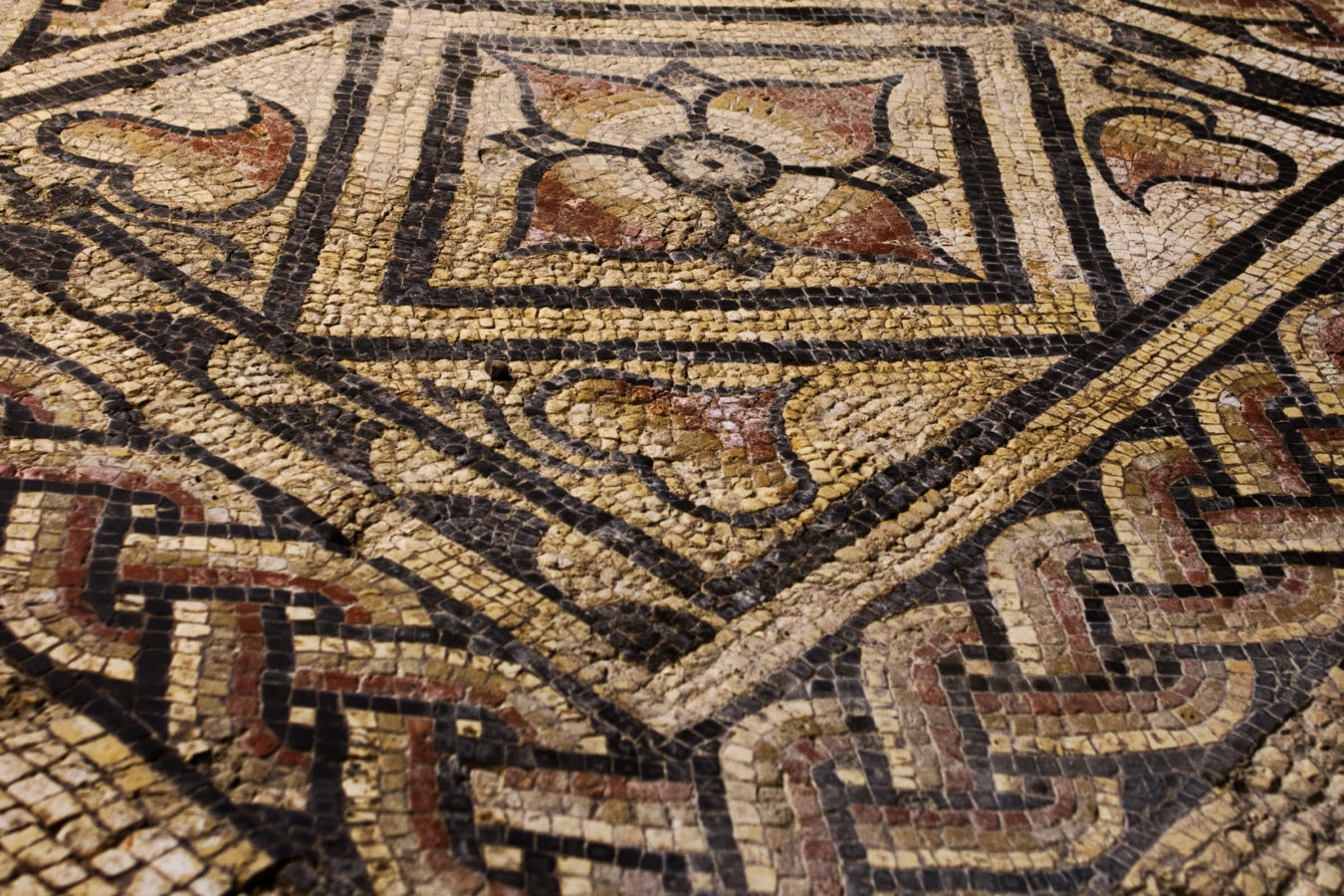
Silverware
When the garrison was withdrawn, Roman Canterbury was no longer safe. Townspeople fled as...
A hypocaust was an ancient Roman underfloor heating system, used to heat houses, and baths, with hot air. The stacks of tiles, preserved in-situ within the museum would have originally supported the floor of a room in the Roman town house. Hot air from a wood-burning furnace outside the house would have been drawn under the floor and flowed between the stacks. The hot air would also have been channelled up the walls through pipes and out at roof level.
It is incredible to think that under-floor heating – something we now deem to be a modern luxury – was actually invented over two thousand years ago!

